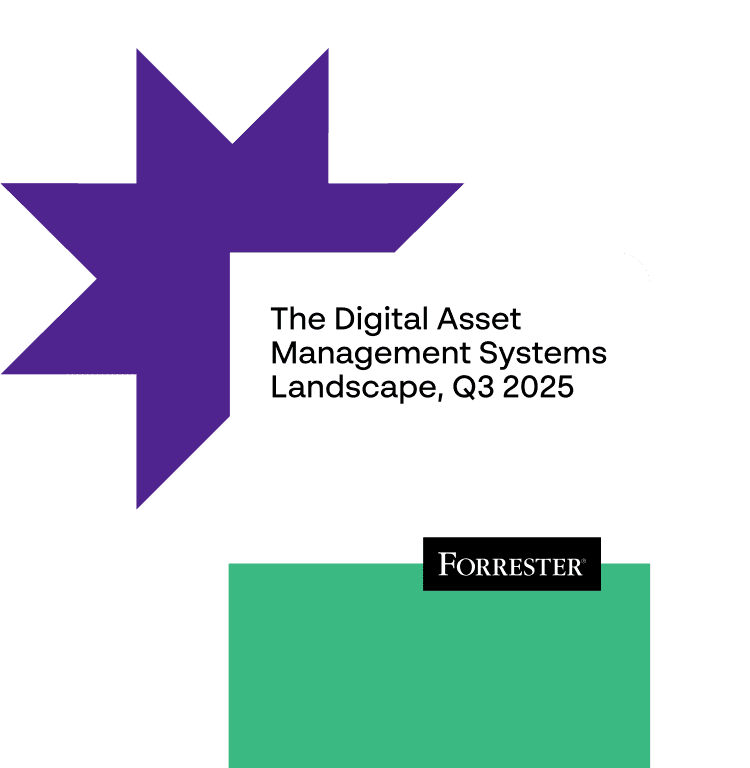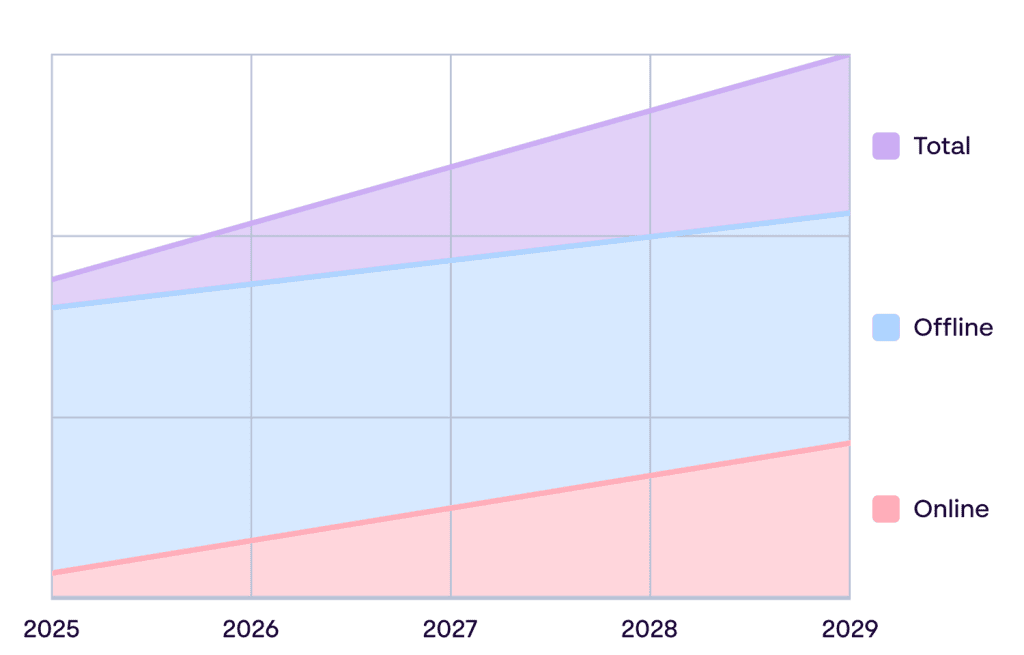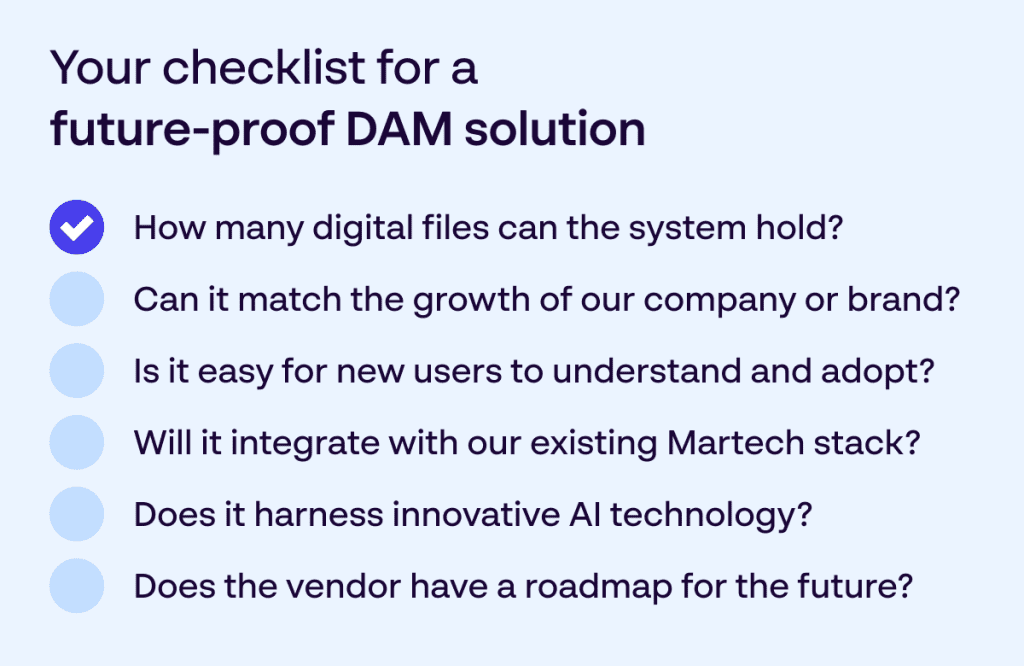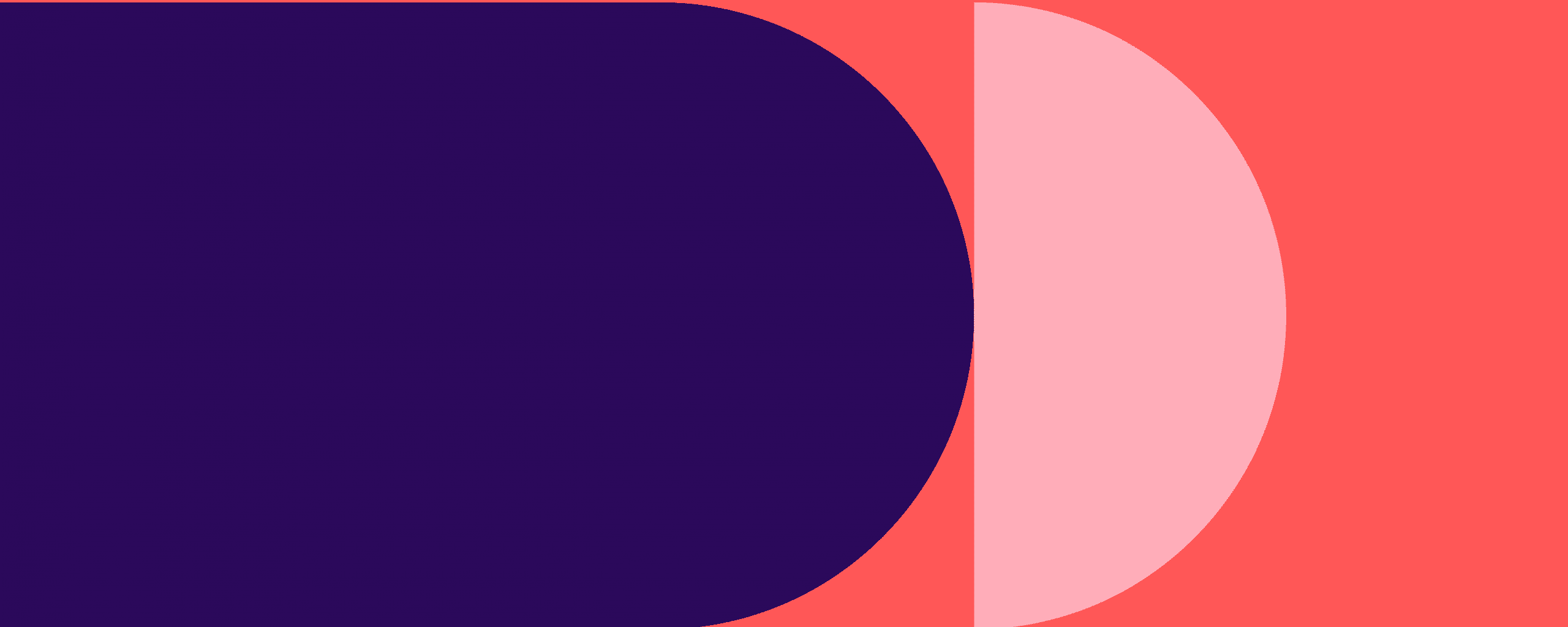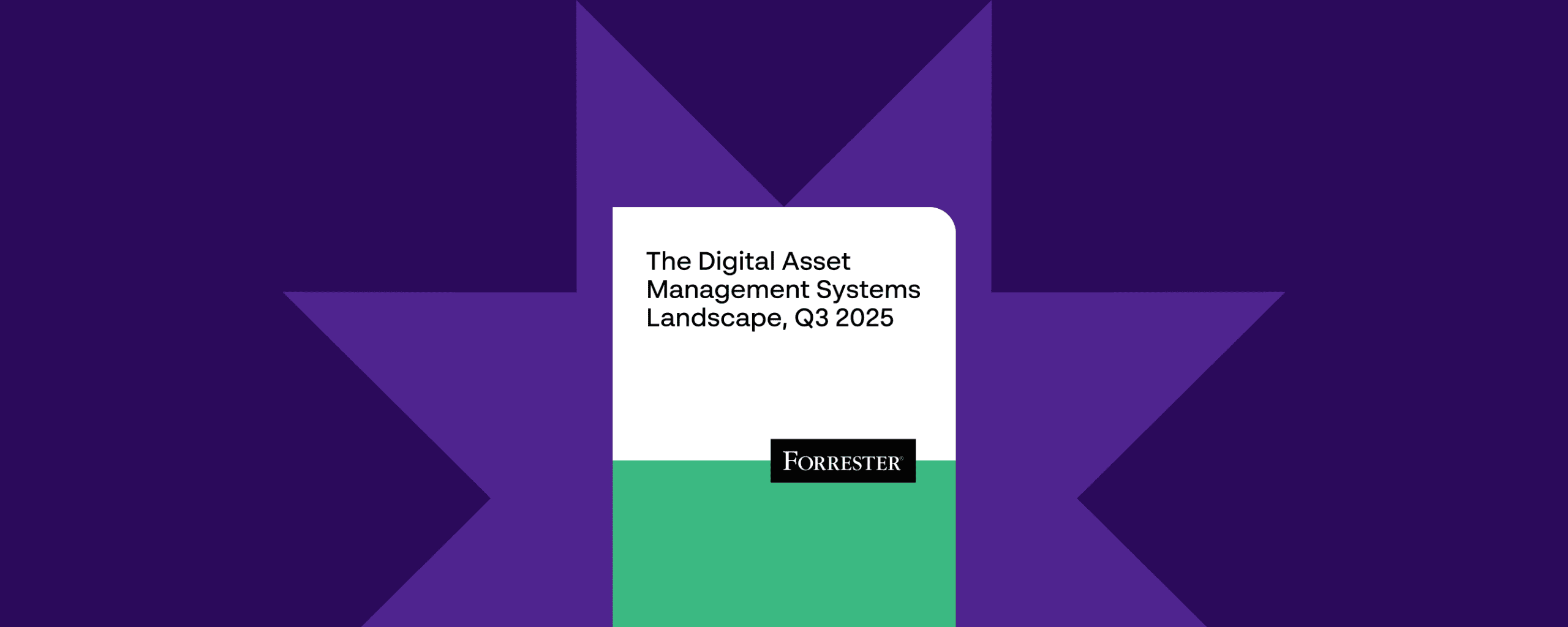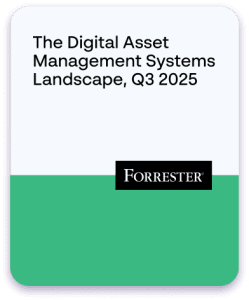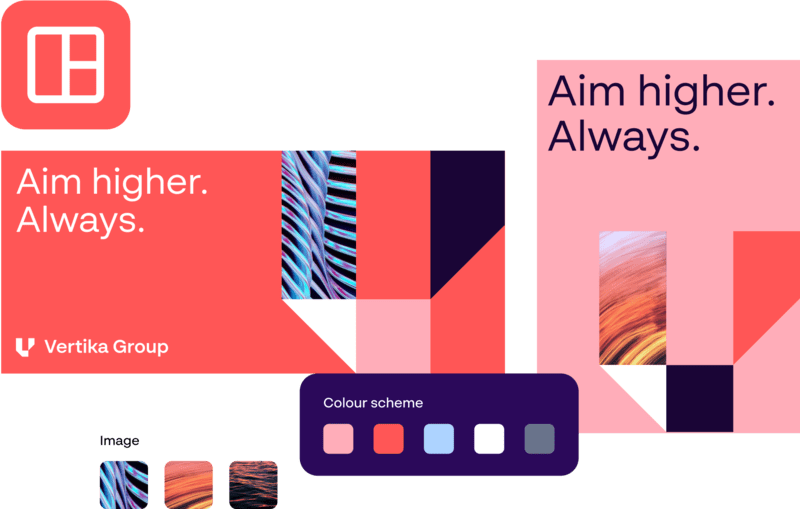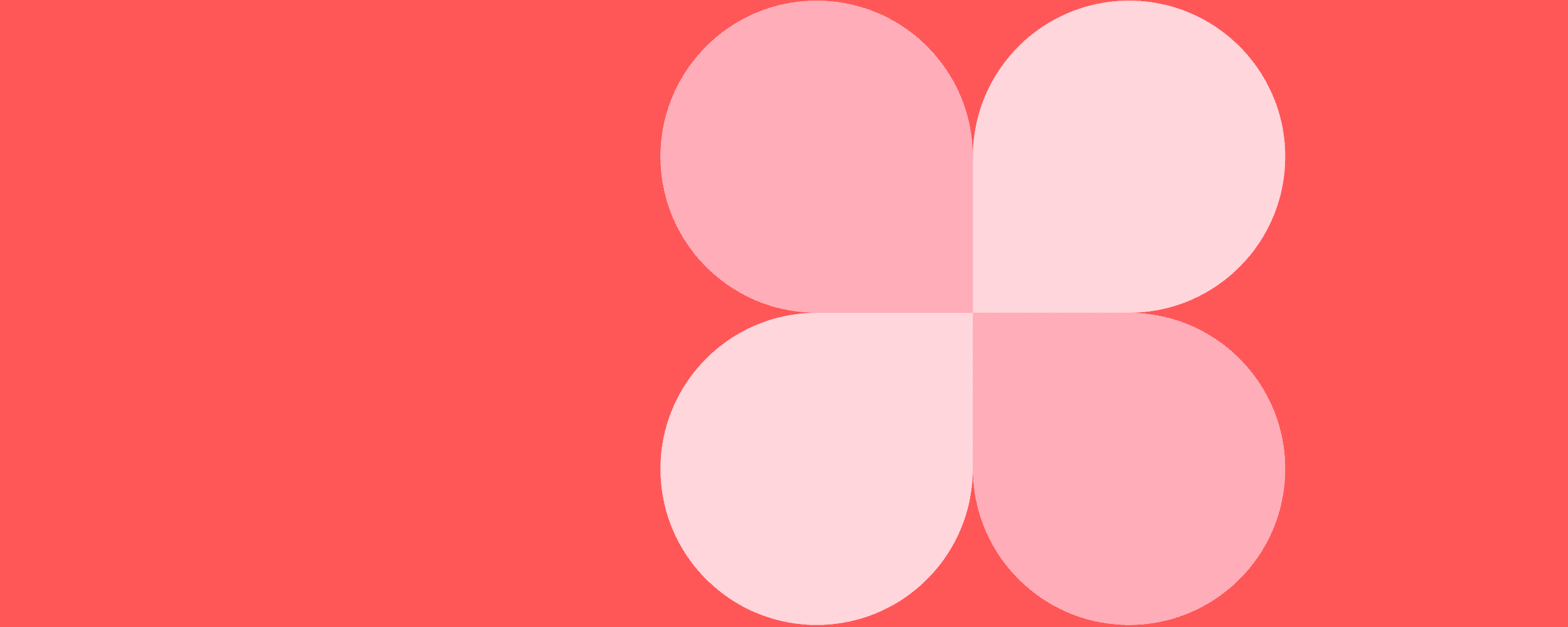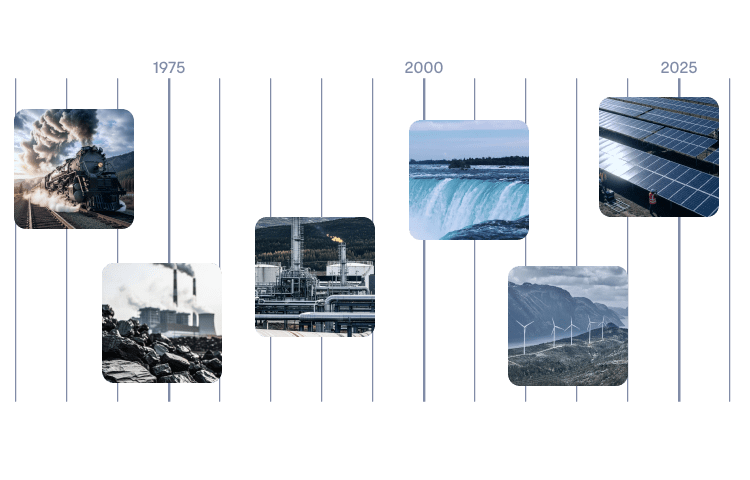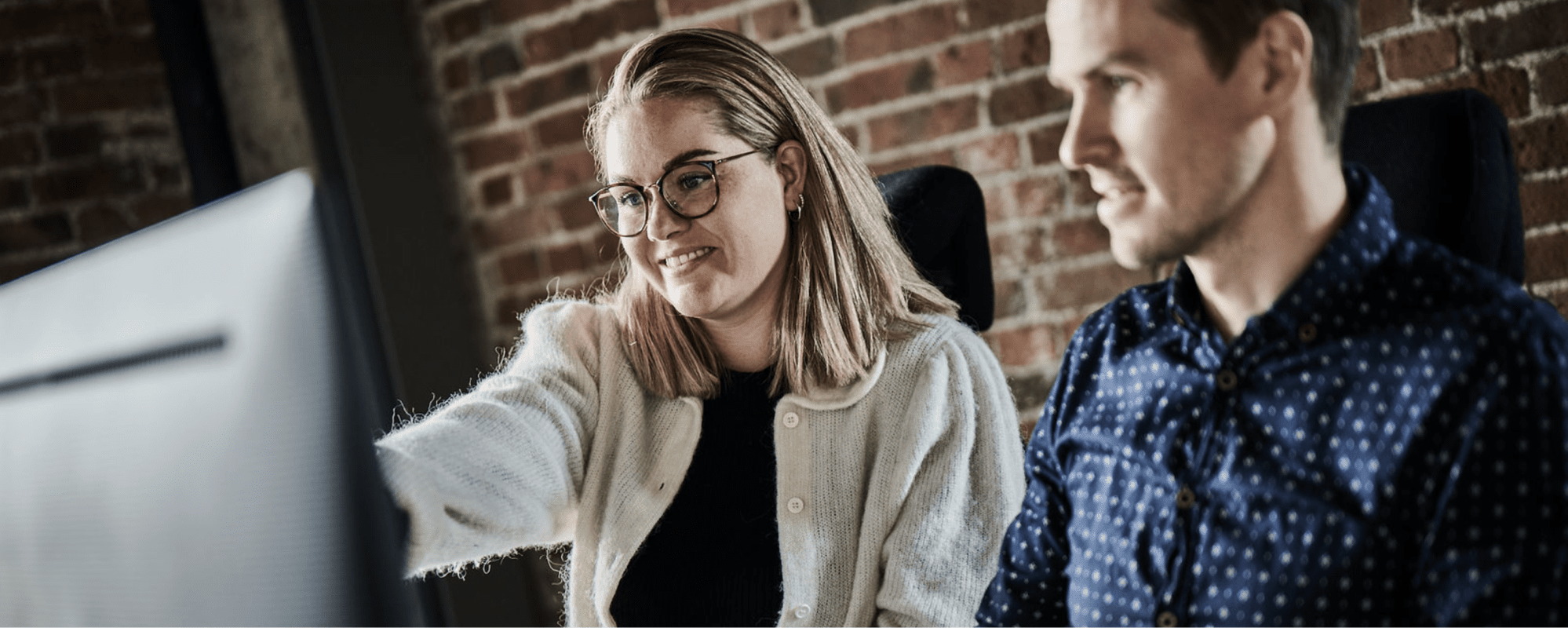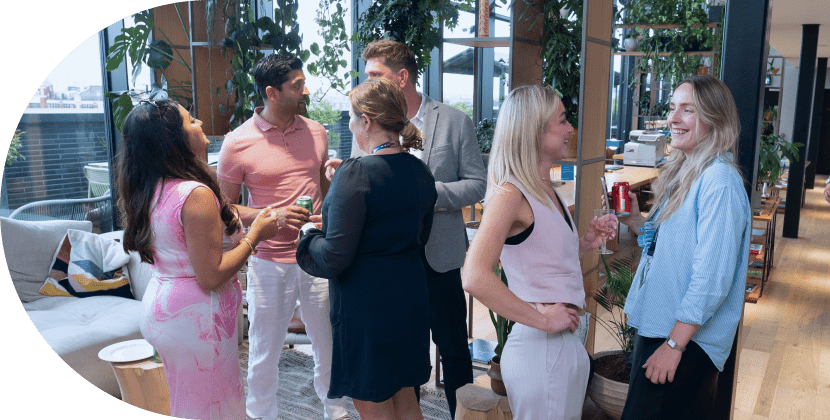Content creation has evolved from a simple marketing activity into the strategic backbone of successful brand communication. In today’s digital landscape, businesses need more than just great ideas – they need scalable systems, consistent brand messaging, and efficient workflows that enable teams to create compelling content at scale.
This comprehensive guide explores how modern brands can master the content creation process while maintaining brand consistency and maximizing efficiency through strategic use of content creation tools and workflows.
What is content creation?
Content creation is the process of developing, producing, and distributing valuable, relevant content for defined audiences – always with clear business objectives in mind. It spans everything from blog posts and social media content to video marketing materials and branded templates.
Modern content creation goes beyond words and design. It involves understanding your audience, aligning content with marketing objectives, and enabling teams to produce consistent, compelling content across every channel – at scale.
The strategic foundations of content creation
Aligning content with marketing objectives
Before producing anything, you need to establish a clear connection between your content strategy and your broader marketing goals. Without alignment, content can feel fragmented, diluting its impact.
Key alignment considerations include:
- Brand consistency – Every piece of creative content marketing should reflect your brand voice and visual identity.
- Audience targeting – Tailor messages to match the pain points, needs, and interests of specific customer groups.
- Business impact – Connect content metrics to measurable business outcomes like pipeline, retention, or brand awareness.
- Channel optimization – Adapt messaging and formats to suit specific platforms and buyer journeys.
Building your content marketing strategy
A robust creative content marketing strategy provides the roadmap for all your content creation activities. It helps your teams stay focused, agile, and aligned – especially as volume and complexity increase.
What your strategy needs to address:
- Target audience definition – Build detailed buyer personas to guide content topics, tone, and distribution channels. Understanding your audience’s preferences, challenges, and content consumption habits is crucial for creating resonant messaging.
- Content themes – Identify 3-5 core content themes tied to your brand’s expertise and audience interests. These will help you retain focus and prevent teams making the mistake of trying to cover too many topics at once.
- Calendar planning – Strategic calendar management ensures greater consistency and impact, especially for social media content. Plan around campaigns, product launches, and seasonal trends for maximum relevance.
Which teams are most effective at creating content?
There’s no one-size-fits-all approach to creative content marketing. The right mix depends on your company’s goals, resources, and brand maturity. Modern brands typically use a combination of the following:
Building in‑house content teams
Having internal content creation capabilities gives you full control over brand messaging and content quality. In-house teams are especially useful when:
- You need to produce high volumes across multiple channels
- You’re worried that your content won’t be credible unless it displays deep industry expertise and brand knowledge
- You have rapid turnarounds and need content creators to collaborate closely with other departments
- You want to develop a long-term content strategy
In-house content creation teams typically include content marketing strategists, writers, designers, and project managers who can collaborate effectively across the entire content creation workflow.
Empowering internal subject matter experts
Subject matter expertise doesn’t always sit in marketing — and it doesn’t have to. Empowering colleagues from sales, product, or customer success to contribute can strengthen authenticity and scale output.
This approach involves:
- Training employees from other teams to contribute content insights
- Developing systems that enable non-writers to share expertise effectively
- Creating templates and frameworks that guide subject matter experts through content creation processes
Using external agencies and content creation services
Third-party providers can complement your internal team without compromising brand quality – if you have the right content marketing tools, systems, and guidelines in place. External content creation services add most value when:
- You need specialist skills or fresh creative direction.
- Your internal team is small or stretched.
- You’re struggling to manage seasonal spikes or campaign surges.
- You require expertise in specific content formats or industries.
Leveraging AI tools for content creation
Artificial intelligence has transformed content creation by speeding up research, outline development, and first-draft generation. You can use AI tools to translate content, tag assets, and generate on-brand visuals – saving time, reducing costs, and scaling global brand impact.
Some of the best AI tools for content creation include:
- Content research and ideation platforms
- Writing assistants for drafts and editing
- Visual content generators
- Translation and localization tools
- Asset tagging and organization systems
While AI speeds up production, it cannot work alone. Human creators are still critical for ensuring content quality, relevance, and brand alignment.
3 content creation tools every modern business needs
Template editors and design systems
Design templates enable fast, consistent content creation across teams and regions. They standardize how your brand shows up — without slowing down delivery. A best‑in‑class template editor system will typically include:
- Banner design templates – Standardized templates for web banners, promotional materials, and social media content that maintain visual coherence across all touchpoints.
- Design document templates – Structured formats for various content types that guide creators through best practices while maintaining brand standards.
- Templates for scalable visual content creation – Pre-designed templates that lock in brand elements while enabling rapid content production across teams and locations.
Digital Asset Management (DAM)
Content creation only works if the right teams can access the right assets, when and where they need them. A Digital Asset Management (DAM) system centralizes brand assets, making them easy to manage, find, and share.
Capabilities to look for in a DAM a system include:
- Centralized storage and organization of brand materials
- Version control and approval workflows
- Easy asset discovery via search and tagging
- Integration with content creation tools and platforms
Extended content marketing tools
Any comprehensive content creation ecosystem brings your teams, processes, and assets together in one place. Look for:
- Collaborative workflows – Tools that enable writers, designers, reviewers, and approvers to collaborate seamlessly throughout the content creation process.
- Brand compliance features – Built-in controls that prevent off-brand content creation while enabling creative flexibility.
- Multi-channel publishing – Features that enable teams to adapt content for different platforms and formats without starting from scratch.
- Performance analytics – Integrated measurement tools that track content performance and prove ROI.
Content creation best practices by content type
Social media content
Social media content needs to be scroll-stopping – and on-brand. Key areas to prioritize include:
- Platform optimization – Tailor content dimensions, formats, and messaging styles for each social media platform while always staying true to your core brand identity.
- Visual storytelling – Compelling imagery can help you communicate brand messages quickly and effectively in crowded social media feeds.
- Templated content creation – Use digital design templates to produce social media content at speed, without ever straying off-brand.
- Automatic resizing for social channels – advanced content creation systems ensure that template outputs are created for all main social media channels in one creative process
Website content creation
Your website is a key brand asset and a foundational component of your digital marketing efforts. Main areas to focus on include:
- SEO integration – Achieve the right balance between content that has user value and content that is optimized for search.
- UX-informed structure – Develop content hierarchies and formats that guide visitors towards the right actions.
- Brand voice consistency – Maintaining consistent tone and messaging helps you reinforce your brand personality across every page.
Video content marketing
Video is a highly effective but resource‑intensive format. To get the most out of your video content, concentrate on:
- Aligning video content with marketing objectives – Tie each video to a clear objective, while ensuring your content educates and entertains.
- Optimizing production workflows – Establish efficient processes for video planning, creation, editing, and distribution.
- Enabling multi-format adaptation – Create video content that can be repurposed across platforms and touchpoints.
Digital content creation for B2B Brands
Business-to-business content creation requires its own specialized approach. Key areas to prioritize include:
- Technical accuracy – Ensure content demonstrates deep industry knowledge and technical expertise.
- Decision-maker focus – Consider the multiple stakeholders involved in the buying process and create content that address their specific interests and concerns.
- Trust building – Develop content that establishes credibility and thought leadership within industry communities.
3 ways to optimize your content creation workflow
1. Streamline content creation
It’s crucial that your content creation workflow achieves the right balance of efficiency and creativity. Focus on developing:
- Standardized processes – Establish clear, consistent steps for teams to follow, from ideation through to publication.
- Quality checkpoints – Build in review and approval stages that maintain content quality without creating bottlenecks.
- Asset integration – Create a seamless content creation workflow by connecting your Digital Asset Management system to content creation tools.
2. Build on‑brand creativity into the process
Innovation and creativity thrive within the right guardrails. Empower your team by establishing:
- Ideation frameworks – Structured brainstorming processes help generate original ideas aligned with strategic objectives.
- Creative brief templates – Content creators excel when they are provided with clear direction.
- Feedback loops – Your process should include regular opportunities to for team members to iterate and refine.
3. Measure content creation impact and ROI
Content creation is an investment. To understand return, you need to measure:
- Engagement – Track how audiences interact with different content types and formats.
- Lead generation – Monitor how content contributes to qualified lead generation and pipeline development.
- Brand awareness – Assess the impact content has on brand recognition and perception within target markets.
- Content marketing ROI – Calculate the financial return on content creation investments through attribution analysis and customer lifetime value assessment.
How to start content creation: step‑by‑step guide
Begin your content creation journey by following these five simple steps:
- Define your content marketing strategy – Start by defining clear objectives, target audiences, and KPIs.
- Audit existing assets – Organize existing digital assets to understand what you have and identify content gaps.
- Choose your content creation tools – Select platforms and software that align with your team’s skills and content requirements.
- Develop templates and guidelines – Create standardized formats and brand guidelines that enable consistent, efficient content production.
- Start small, then scale – Pilot one or two content types before using what you learn to expand your content creation capabilities with confidence.
Sourcing ideas for effective content creation
Stuck for inspiration? Here are some useful areas to tap into when you’re looking for content creation ideas:
- Customer research – Are there any questions or challenges you regularly get from customers that you can answer in your content?
- Industry trends – Can you provide a unique perspective on any industry developments or emerging topics?
- Competitor analysis – Is there anything your competitors are failing to cover with their content?
- Internal expertise – Do you have specialist knowledge or unique experiences in your team that you can use as content material?
Where next for content creation?
Content creation continues evolving at pace. To keep up, brands must embrace modern content creation tools that balance flexibility with consistency. Here are some key emerging trends to watch out for.
- Personalization at scale
- AI-enabled content creation
- Seamless workflow automation
- Interactive content formats
- Omnichannel brand experiences
Unlock creating content at scale for your teams
Successful content creation requires more than creative talent – it demands strategic thinking, efficient processes, and the right technology. Only this way can teams produce compelling, on-brand content at scale.
Whether you’re just starting your content creation journey or looking to optimize existing processes, the key is finding the right balance between creativity and consistency. Start with solid strategic foundations, invest in the right content creation tools and processes, and continuously refine your approach based on performance data and audience feedback.
The aim? To make content creation a powerful driver of brand growth, and to enable your team to create exceptional brand materials that increase customer engagement and drive real business results.
Unlock scalable content creation
See how design templates empowers anyone to produce on‑brand content
Unlock scalable content creation
See how design templates empowers anyone to produce on‑brand content
See how design templates empowers anyone to produce on‑brand content
FAQs
What does content creation mean for modern brands? Content creation is no longer just about producing materials – it’s about delivering consistent, on-brand experiences that support strategic business goals. From blogs and video to templates and social media content, it’s the process of developing valuable content that speaks directly to your audience, across every channel.
How can brands maintain consistency when creating content at scale? Consistency comes from systems – not just style guides. By using templated content creation, centralized brand assets, and built-in approval workflows, teams across regions and departments can produce content faster without compromising brand quality.
What’s the most effective team structure for content creation? Many brands find success by combining in-house expertise, external content creation agencies, and AI tools. But there is no one-size-fits-all approach. The best solution will depend on your brand’s unique challenges and goals.
Will AI replace humans in content creation? AI tools are powerful accelerators – ideal for research, drafting, translation, and visual generation. But they work best when guided by people. Skilled marketers ensure the content remains relevant, high-quality, and true to your brand.
What’s the first step for brands looking to build a better content creation process? Start by defining your strategy: clarify your audience, goals, and content priorities. Then audit your existing assets, choose the right tools, and build templates that support consistent execution.
